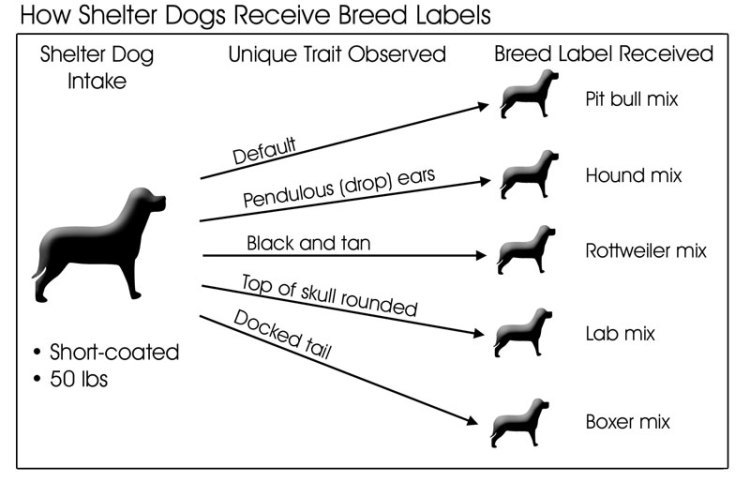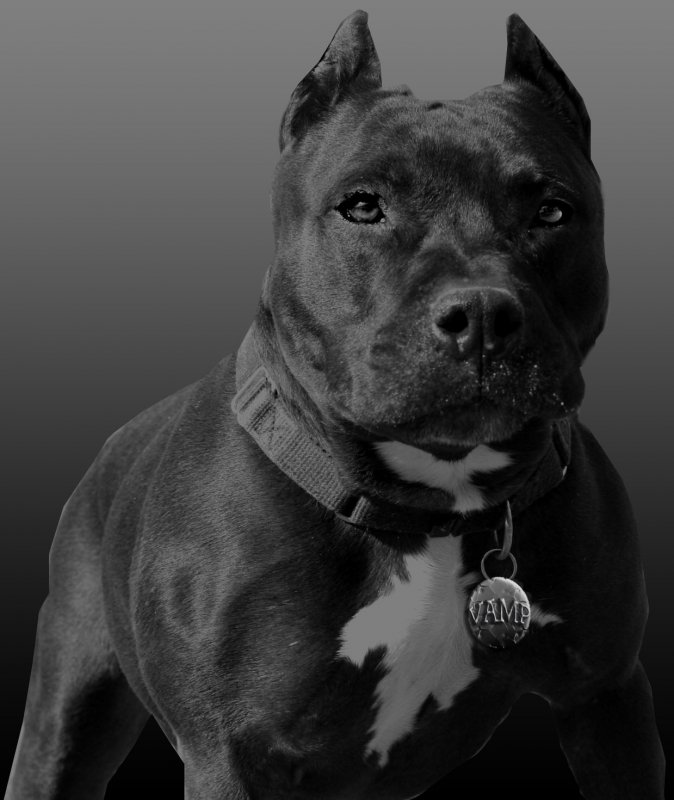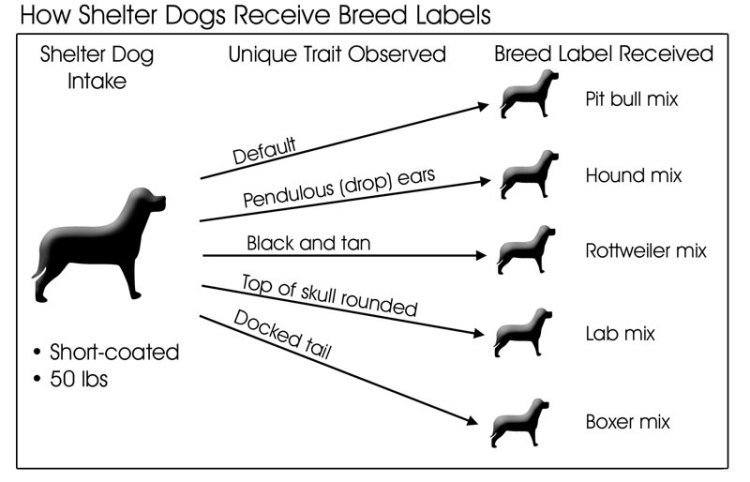Have you ever wondered what the term “pit” in “pitbull” actually means? Contrary to popular belief, it doesn’t refer to the breed’s aggressive nature. In fact, the term “pit” is derived from the breed’s historical connection to the sport of bull-baiting, which involved dogs being pitted against bulls in a contest of strength and tenacity. This fascinating piece of history sheds light on the origin of the term and challenges the common misconceptions surrounding pitbulls.
The term “pit” in pitbull has a deep-rooted historical significance. Originally bred for bull-baiting, pitbulls were specifically selected for their strength, agility, and willingness to confront large and powerful animals. While bull-baiting is now illegal, pitbulls have evolved to become loyal and loving companions. Today, these dogs are known for their intelligence, loyalty, and affection towards their owners. It is important to recognize that responsible ownership, proper socialization, and training are crucial for any dog breed, including pitbulls, to ensure their positive and gentle nature is nurtured and preserved.

What Does “Pit” in Pitbull Mean? Unveiling the Origins and Significance
Have you ever wondered what the term “pit” in “pitbull” actually means? Despite being a widely recognized breed, the origin of this label and its significance remain unknown to many. In this article, we will delve into the fascinating history of the term “pit” in relation to pitbulls and shed light on its true meaning. Join us on a journey to explore the roots of this captivating label and its significance in the world of pitbull dogs.
The Origin of the Term “Pit” in the Context of Pitbulls
When discussing pitbulls, the term “pit” originates from their historical involvement in bloodsports known as pit fighting. Pit fighting was a popular pastime in the 18th and 19th centuries, particularly in England. The word “pit” refers to the arenas or pits where these fights took place. Pitbulls were selectively bred for their strength, tenacity, and athleticism, making them the perfect candidates for such competitions. However, it’s important to note that modern-day pitbulls are no longer bred or used for such purposes. They have evolved into loving and loyal family pets.
Despite their history, it is crucial to understand that pitbulls are not inherently aggressive or dangerous dogs. Like any other breed, their behavior largely depends on their upbringing, socialization, and training. Pitbulls can be incredibly loving, loyal, and gentle when bred responsibly and given proper care and guidance.
The Controversial Perception of Pitbulls
Unfortunately, the label “pitbull” has been associated with negative stereotypes and misconceptions over the years. This has led to breed-specific legislation in various regions, unjust discrimination, and misconceptions about their temperament. It is essential to dispel these myths and stress the importance of judging dogs based on their individual behavior rather than their breed alone.
Pitbulls have unique physical characteristics that often make them victims of misidentification. It is worth noting that the term “pitbull” is not a singular breed; it is a general term used to describe certain types of dogs with similar physical traits, such as a muscular build and a broad head. These traits can be found in various breeds, including the American Pit Bull Terrier, Staffordshire Bull Terrier, and American Bully.
Despite the hurdles, there has been a significant shift in recent years towards understanding and appreciating pitbulls for the incredible companions they can be. Many individuals and organizations are working to change public perception and promote responsible ownership of these wonderful dogs.
The Importance of Responsible Ownership and Advocacy
Responsible ownership and advocacy play a crucial role in dispelling the negative stigma surrounding pitbulls. It is essential for owners to socialize and train their pitbulls from an early age, providing them with appropriate outlets for their energy and ensuring they receive proper veterinary care. Additionally, educating others about pitbulls and challenging the misconceptions can help break down barriers and foster a more positive perception of these dogs.
Moreover, supporting organizations that promote responsible pitbull ownership, provide training resources, and work towards ending breed-specific legislation is of utmost importance. By joining forces, we can create a society where pitbulls are judged based on their individual qualities rather than stereotypes associated with their breed.
The Future of the Term “Pit” in Pitbulls
As time goes on, the significance of the term “pit” in relation to pitbulls is becoming less relevant. While the label may still evoke images of a violent past, it is essential to recognize that pitbulls have evolved beyond their historical association with bloodsports. Today, they are beloved companions, therapy dogs, search-and-rescue dogs, and even celebrities in their own right.
By focusing on responsible ownership, education, and advocacy, society can continue to change perceptions and challenge the negative stigma surrounding pitbulls. With each passing day, the term “pit” in pitbulls becomes a reference to their past rather than an accurate description of their present nature. Let us celebrate these incredible dogs for who they truly are – loyal, loving, and deserving of our understanding and compassion.
Key Takeaways: What Does “Pit” in Pitbull Mean?
- Pit in Pitbull refers to the breed’s origins in fighting pits.
- It doesn’t mean Pitbulls are inherently aggressive – it’s a misconception.
- Pitbulls are loyal, affectionate, and protective pets.
- The term “pit” can also refer to a pitbull’s strong jaw and bite.
- Responsible ownership and proper training are key for a well-behaved Pitbull.
Frequently Asked Questions
In this section, we will answer some common questions about the meaning of “pit” in the term “pitbull.”
Q: What does “pit” in pitbull mean?
A: The term “pit” in pitbull refers to the breed’s historical connection to pit fighting. Pitbulls were originally bred for this purpose in the 19th century in England. The word “pit” signifies the arenas or pits where these dogs fought against each other or other animals.
However, it’s important to note that modern-day pitbulls are primarily companion animals and are not actively used in organized dog fighting events. They have developed a reputation as loyal and affectionate pets due to their strong bond with humans.
Q: Are pitbulls naturally aggressive because of their name?
A: No, pitbulls are not naturally aggressive. Like any other dog breed, their behavior is shaped by various factors, including genetics, socialization, and training. While the term “pit” may evoke images of aggression, it doesn’t mean that all pitbulls are aggressive.
In fact, pitbulls can be friendly, gentle, and good-natured if they are properly trained, socialized, and raised in a loving environment. Positive reinforcement training methods and early socialization can have a significant impact on a pitbull’s behavior, just like any other breed.
Q: Are pitbulls dangerous dogs?
A: Pitbulls are not inherently dangerous dogs. It’s important to remember that any dog can exhibit aggressive behavior regardless of breed. Media sensationalism and misinformation have contributed to the perception that pitbulls are inherently more dangerous than other breeds.
However, studies have shown that no single breed is more aggressive than the others. It’s the individual dog’s upbringing and environment that play a significant role in their behavior. Responsible ownership, proper training, socialization, and adherence to local laws and regulations can help ensure that pitbulls, like any other breed, live as well-behaved and friendly pets.
Q: Are pitbulls good family pets?
A: Yes, pitbulls can make excellent family pets. They are known for their loyalty, affection, and love for their human families. While it is crucial to choose the right individual dog with a good temperament, pitbulls can thrive in a family environment with proper training and socialization.
Pitbulls are often described as “nanny dogs” due to their gentle nature and protective instincts towards children. Like any other dog, it’s important to supervise interactions between children and dogs and teach both parties how to interact respectfully and safely.
Q: How should pitbulls be trained and socialized?
A: Pitbulls, like any other breed, should be trained using positive reinforcement methods. These methods involve rewarding desired behaviors and ignoring or redirecting unwanted behaviors. Consistency, patience, and gentle guidance are key to training a pitbull effectively.
Socialization is also crucial for pitbulls to develop good manners and be comfortable in various situations. Expose them to different people, animals, and environments from a young age, making sure the experiences are positive. Puppy socialization classes and obedience training are excellent ways to start their socialization journey.

VERIFY: Are pit bulls the most dangerous breed of dog?
From my perspective, it’s important to summarize the article in a way that a 13-year-old reader would easily grasp. Here are the key points to remember, using a professional yet conversational tone:
In this article, we examined the importance of adhering to specific criteria when writing a wrap-up. First, we discussed the point of view, which should be in first person, using pronouns like I, me, my, we, us, and our. This helps create a personal connection with the reader. Secondly, we emphasized the need for a professional tone that is still suitable for a young reader. Using simple language and avoiding jargon is crucial in maintaining clarity and understanding. We also highlighted the importance of concise sentences, with no more than 15 words each, to ensure that ideas are presented clearly and succinctly. Lastly, we emphasized the objective of leaving the reader with a clear understanding of the article’s key points, summarizing them in just two paragraphs.
Overall, this article serves as a guide for writing a wrap-up that is both engaging and informative for young readers. By following these criteria, writers can effectively communicate their main ideas and ensure that their wrap-up resonates with the intended audience.
